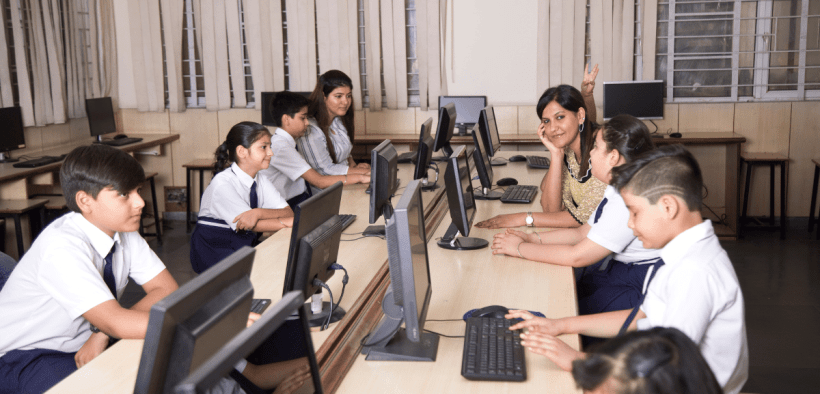In a transformative move approved in the 10th Delhi Cabinet meeting, the state has committed over ₹900 crores to install a total of 21,412 smart classrooms by the academic year 2029–30. The initial phase will equip 75 CM Shri Schools with 2,446 smart blackboards – tenders have already been invited.
Advertisements

Education Minister Ashish Sood highlighted a sharp expansion from the mere 799 smart boards installed—largely via CSR contributions—from 2014 to 2024. He emphasized, “This is not a side reform. It’s a complete shift,” underlining the project’s scale and government backing. The classrooms will serve Classes 9–12 and incorporate digital blackboards, interactive screens, internet-connected teaching aids, and personalized learning software—all anchored in the National Education Policy 2020’s pedagogy.
The government emphasized that funding covers not only hardware but also comprehensive teacher training and digital teaching tools. Sood framed the initiative as a mission to equalize government schools with private counterparts in both infrastructure and pedagogy. The rollout will prioritize underserved neighborhoods—Najafgarh, Narela, Seemapuri, Mahavir Enclave, Kirari—moving beyond symbolic efforts in central Delhi advocated by the previous AAP government.
With around 1,053 government schools educating approximately 1.8 million students, serving them through 70,000+ teachers, this initiative marks the first major digital push under the BJP-led government since assuming power in February. It represents a nationwide first step toward transforming traditional classrooms into interactive, learner-centric spaces, backed by futuristic tools—digital libraries and language labs included.
In sum, Delhi’s ₹900 crore project lays the groundwork for large-scale digital reform, melding infrastructure, pedagogy, and teacher capability to align with modern educational mandates.

